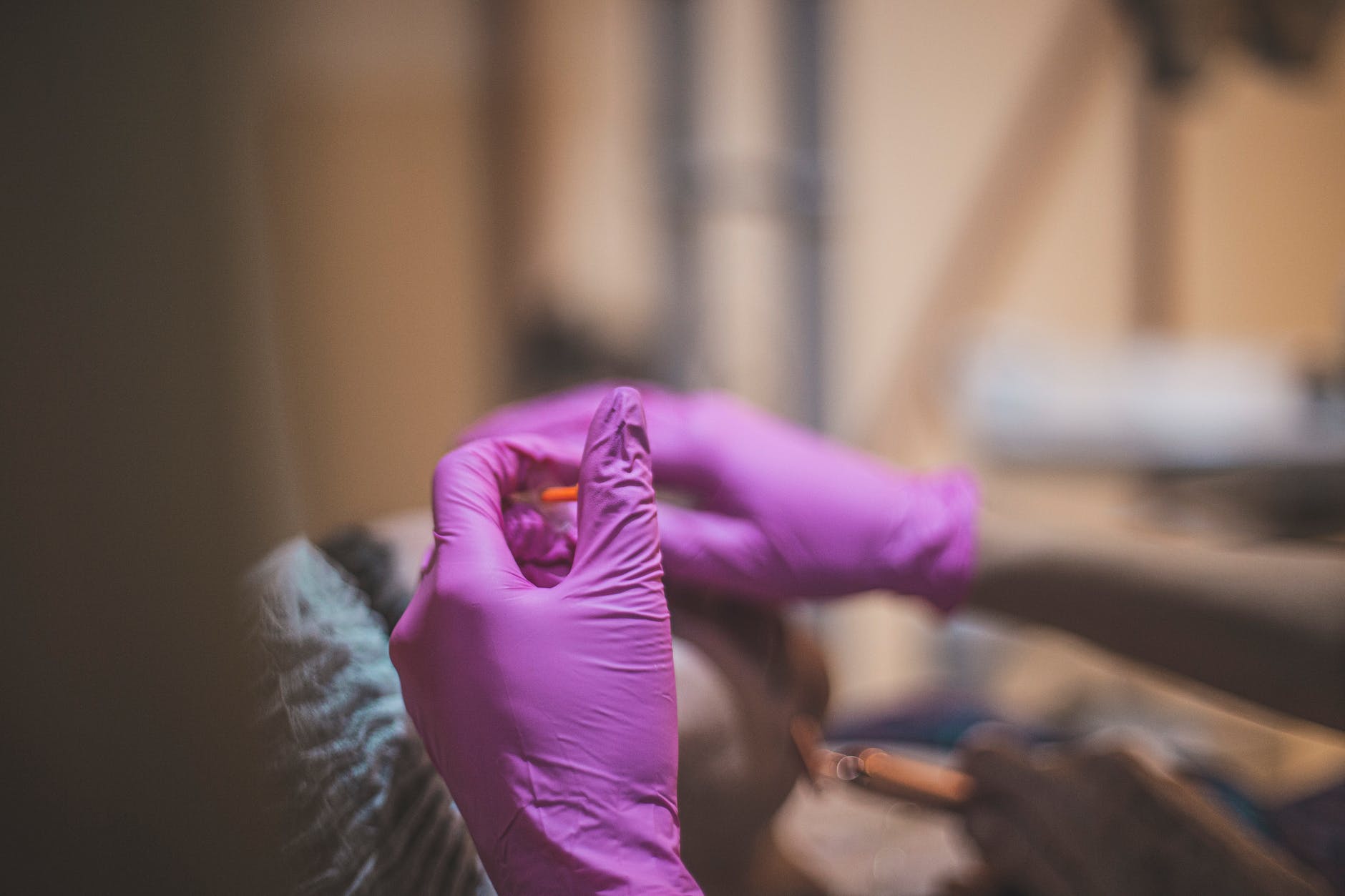Getting a Botox certification can help you advance your career in the aesthetics field. Botox isn’t just a cosmetic tool. It is an FDA-approved drug/substance used to treat muscular conditions. It can even manage severe disorders like Parkinson’s disease. In the field of cosmetics, Botox is used to control the signs of skin aging. It works with nerve activity in the muscles and makes the skin look younger and less wrinkled.
As one of the safest facelift options, Botox is now widely accepted as the ideal skincare solution since the treatment takes very little time, and the results can last up to 18 months. People worldwide are now seeking the help of certified cosmeticians to fight aging and other skin conditions.
Who Can Get Certification?
Registered nurses, doctors, or medical practitioners are eligible for Botox certification courses. If you don’t have an existing degree or diploma in medicine, you may not be granted admission.
Though Botox injections look uncomplicated and straightforward, they fall under the category of ‘cosmetic surgery’ and only be handled by qualified professionals who have undergone specialized training for the same.
How Does the Botox Certification Course Work?
The certification process starts when you commence training. The training scope covers areas like what Botox is, how it works, how it should be administered, appropriate doses, side effects, etc.
Students will be taught to evaluate patients and manage patient’s expectations. People may be under the impression that Botox can cure skin conditions and reverse aging. However, it is not a cure-all drug but a tool to manage muscular issues.
Aspirants will also get exposure to Botox treatments with the help of hands-on clinical experience. As an aspiring aesthetics expert, you may also want to learn about fillers and chemical peels.
Find the Right Program
If you plan on becoming a certified Botox expert, you may want to spend time finding the right course. Several courses are available, ranging from one-day foundation courses to advanced courses that will prepare you for the industry and enhance your repertoire.
Be wary of non-accredited institutions. Certifications from unregulated agencies will not qualify you for cosmetic surgery. You may also want to assess the institution’s reputation and its visibility in the field of aesthetics.
Enroll in the Course
Once you finalize the course, the next step would be to enroll in the course formally. You may need to submit documents proving you are already an approved nurse or medical practitioner to enroll. Scholarships, subsidies, and discounts may be available to students.
Undergo the Training
You can now get started with the training. The training will include theoretical lectures and practical training. You will be asked to take on exams, maintain a required credit score, and get hands-on training in the field.
If you fail an exam or don’t meet the credit score requirement, you may not be approved for certification. Experts usually conduct training in the field. Hence, this will be an excellent opportunity for you to gain knowledge and build a network.
Clinical Training
You will have to work with an existing clinical facility treating actual patients. You will get hands-on experience in dealing with patients and injecting Botox and other fillers. Exposure to different medical scenarios is an added advantage.
Complete the Training and Get the Certification
After the training is complete, you will be given the certification, provided you meet the target scores and clear the required exams. The certification will be granted by an approved authority in collaboration with your institute or school. Specialized institutions employ expert physicians, practitioners, and cosmeticians to train students. You will have the opportunity to learn techniques and procedures you can integrate into your practice.
Benefits of Certification
You will have the opportunity to expand your area of operation as a medical practitioner with a certification. The demand for Botox and skin fillers has seen a steady rise, and getting a Botox certification can help you succeed professionally.
Further, the law makes it mandatory that Botox injections should only be administered by a certified professional. You cannot practice in the field without the required certification.
The Opportunity to Grow Professionally
More and more aestheticians are now choosing to get the certification. Though beauty salons and nonprofessional therapists now offer Botox treatments, clients rely on certified professionals who are formally trained to do cosmetic surgery. The certificate will also make you a member of AAMS, and you will have access to resources and professional advice. You will be part of a strong network that conducts forums, training, and discussion groups on aesthetics.



